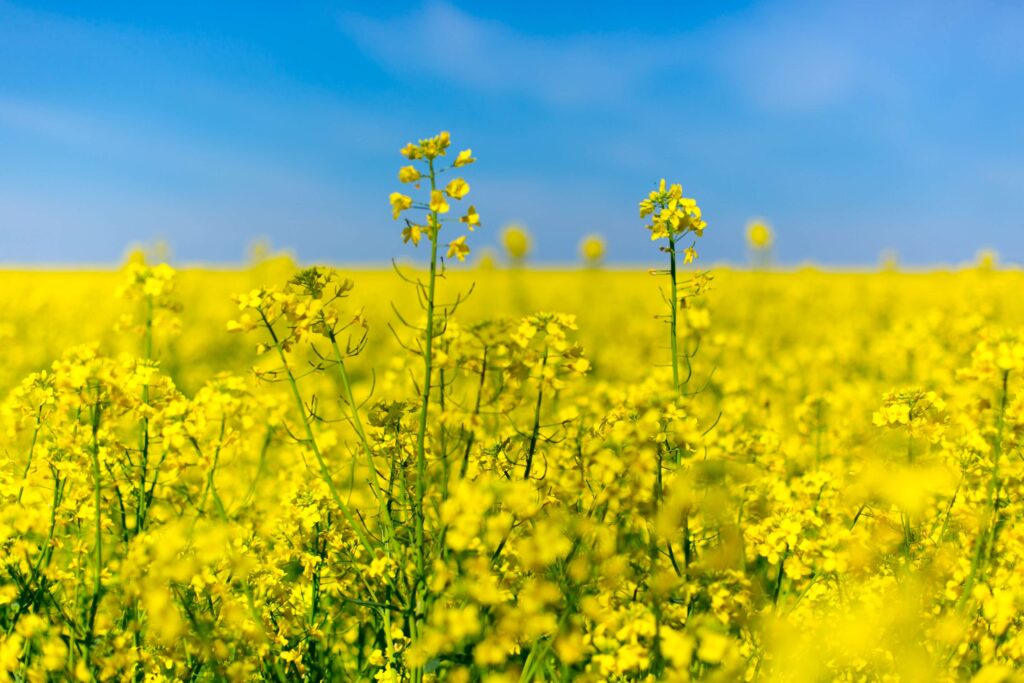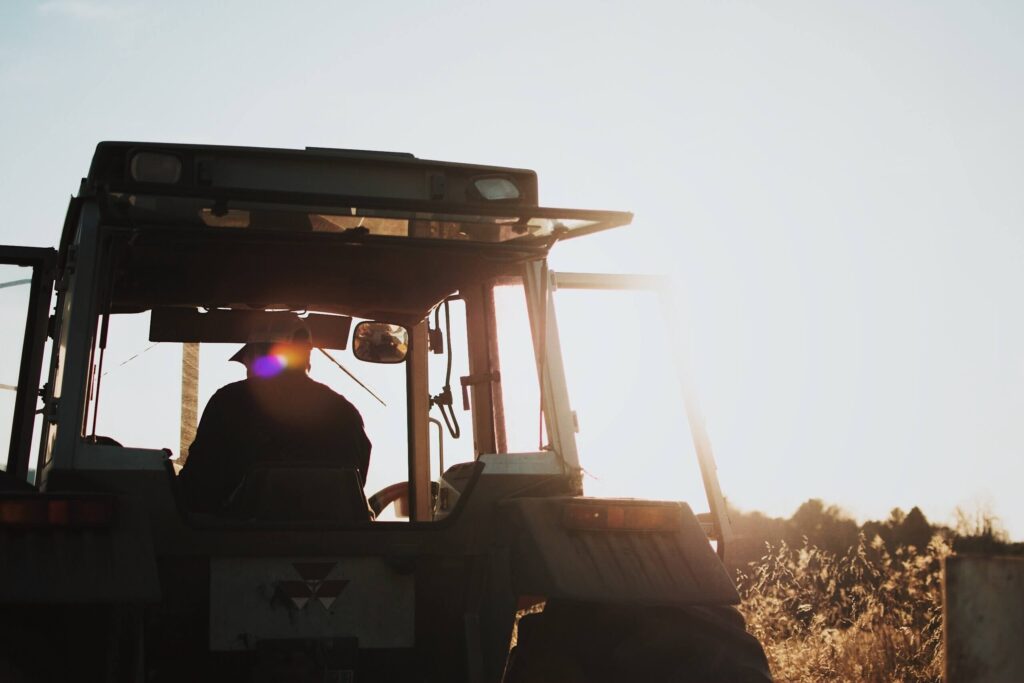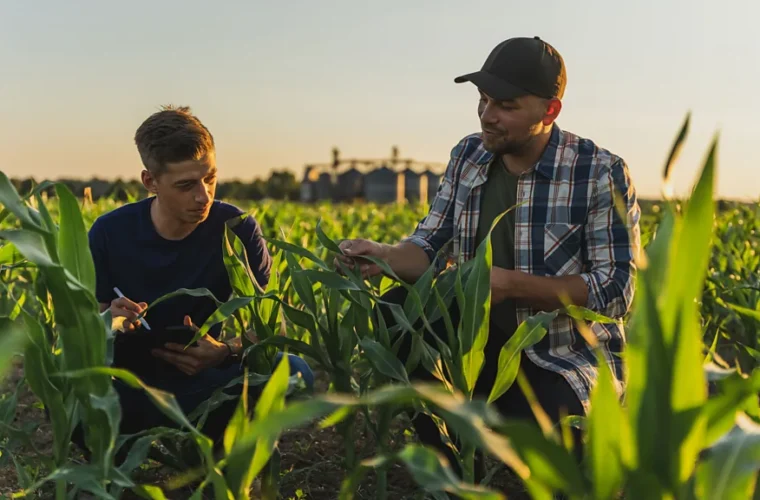Canola has become a particularly popular crop in recent years, contributing to sustainability, while it is used to produce animal feed, rapeseed oil, and biodiesel.
Once harvested, canola seeds are crushed to release the oil contained within the seed. Canola is the third largest source of vegetable oil and the second largest source of protein meal in the world.
Rapeseed oil is used as diesel fuel, either as biodiesel, directly in heating fuel systems, or blended with petroleum products to fuel motor vehicles. Processed canola also produces edible canola as a by-product, a high-protein animal feed like soybeans. The edible canola is mainly used to feed cattle but is also used for pigs and poultry.
Rapeseed is mainly grown in its winter form in most of Europe and Asia due to the requirement of vernalization to start the flowering process. However, this is a sensitive crop, particularly demanding.
Drones to improve canola yields
Several farmers face problems mainly with weeds and weather conditions. Several countries are investing in canola and have recently started pilot programs using advanced technologies that can help improve canola yields. In Northern Greece, drones are used to spray pesticides, limit wastage and achieve better spraying efficiency. Similar methods are being applied in Canada, emphasizing how canola yield can be improved.

Cutting edge technology
For canola farmers, increasing yield and productivity remains the main challenge. To achieve the best pest and disease control and ensure that they get the best possible return on the pesticides that they use, farmers are experimenting with cutting-edge technologies.
Several start-ups worldwide are investing in developing intelligent applications using Artificial Intelligence and drones, which can improve the yield of canola crops.
In fact, with the use of AI, these high-sophisticated apps can determine the best time for harvesting and swathing, optimize pest control measures, perform yield estimations, and estimate biomass. Then, drones can take over spraying the fields, using the correct number of pesticides, and distributing them evenly.
At the same time, drones can also be used to take photos. These photos are then transferred to a software database, which analyzes and processes them, extracting valuable insights regarding the crop’s progress.
Using drones to detect crop pest damage in canola has become very popular in Europe, Asia, and Canada over the past decade. Agremo is a team of data scientists, software engineers, agricultural technology, and agronomy experts who have developed software that uses AI to automatize the analysis of aerial imagery taken of canola crops.
“So far, Agremo successfully provided insights for more than 100 crop types. And thanks to our avid users, this figure continues to rise”
says Milan, the CEO of Agremo.
Canola growth cycle lasts almost an entire year
As the company declares, “another challenging point that farmers are facing is that the canola growth cycle lasts almost an entire year, making the cultivation of rapeseed and canola a year-round commitment. Only by monitoring and analyzing crops regularly and in an efficient manner will you be able to draw a positive balance. Constant monitoring is a lot of work and, what’s even worse, it’s a lot of guesswork – far from accurate and reliable insights. Drone technology can solve these kinds of headaches, which is exactly why savvy industry leaders have already started implementing drone solutions”.
Cutting-edge drone technology, AI software, and many other smart technologies are widely used in farming, making farmers’ lives easier and contributing to higher yields. Smart weather stations can inform farmers at any time about changes in the weather and receive a signal on their mobile phones. Some applications allow farmers to regulate the amount of water falling on their crops from their mobile phones. At the same time, drones are becoming increasingly popular, being used both for obtaining data on the progress of crops and for practical tasks such as spraying.

Sustainability with biodiesel
Rapeseed is a crop, a large part of which is intended for biodiesel. Over the last decade, biodiesel production has grown in the European Union, the largest producer worldwide, especially in Germany. Therefore, several scientists underline this crop’s importance and its further development.
Canola farmers who adopt leading-edge innovations can improve soil and water health, sequester carbon, reduce energy, increase land use efficiency, and preserve biodiversity. They can then enhance yield in canola and produce high-quality rapeseed oil.
The use of cutting-edge technologies results in reducing energy use and producing more biodiesel to replace diesel fuels. Recent studies predict that due to the change in the environment caused by climate change, canola would become an unreliable source of oil for biofuels. AI, drones, and smart technology can significantly enhance canola cultivation and incentivize farmers to invest in it.

